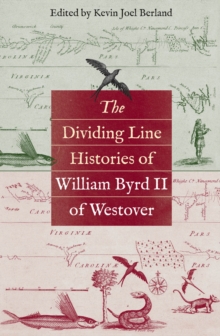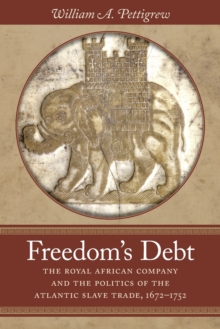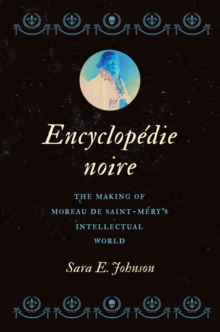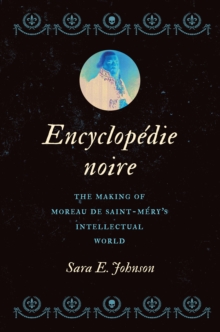
Darkness Falls on the Land of Light : Experiencing Religious Awakenings in Eighteenth-Century New England Paperback / softback
by Douglas L. Winiarski
Part of the Published by the Omohundro Institute of Early American History and Culture and the University of Nor series
Paperback / softback
Description
This sweeping history of popular religion in eighteenth-century New England examines the experiences of ordinary people living through extraordinary times.
Drawing on an unprecedented quantity of letters, diaries, and testimonies, Douglas Winiarski recovers the pervasive and vigorous lay piety of the early eighteenth century.
George Whitefield's preaching tour of 1740 called into question the fundamental assumptions of this thriving religious culture.
Incited by Whitefield and fascinated by miraculous gifts of the Holy Spirit-visions, bodily fits, and sudden conversions-countless New Englanders broke ranks with family, neighbors, and ministers who dismissed their religious experiences as delusive enthusiasm.
These new converts, the progenitors of today's evangelical movement, bitterly assaulted the Congregational establishment. The 1740s and 1750s were the dark night of the New England soul, as men and women groped toward a restructured religious order.
Conflict transformed inclusive parishes into exclusive networks of combative spiritual seekers.
Then as now, evangelicalism emboldened ordinary people to question traditional authorities.
Their challenge shattered whole communities.
Information
-
Available to Order - This title is available to order, with delivery expected within 2 weeks
- Format:Paperback / softback
- Pages:632 pages, 27 halftones, 6 maps, 1 graph, 9 tables
- Publisher:The University of North Carolina Press
- Publication Date:28/02/2019
- Category:
- ISBN:9781469652276
Other Formats
- Hardback from £55.00
Information
-
Available to Order - This title is available to order, with delivery expected within 2 weeks
- Format:Paperback / softback
- Pages:632 pages, 27 halftones, 6 maps, 1 graph, 9 tables
- Publisher:The University of North Carolina Press
- Publication Date:28/02/2019
- Category:
- ISBN:9781469652276










